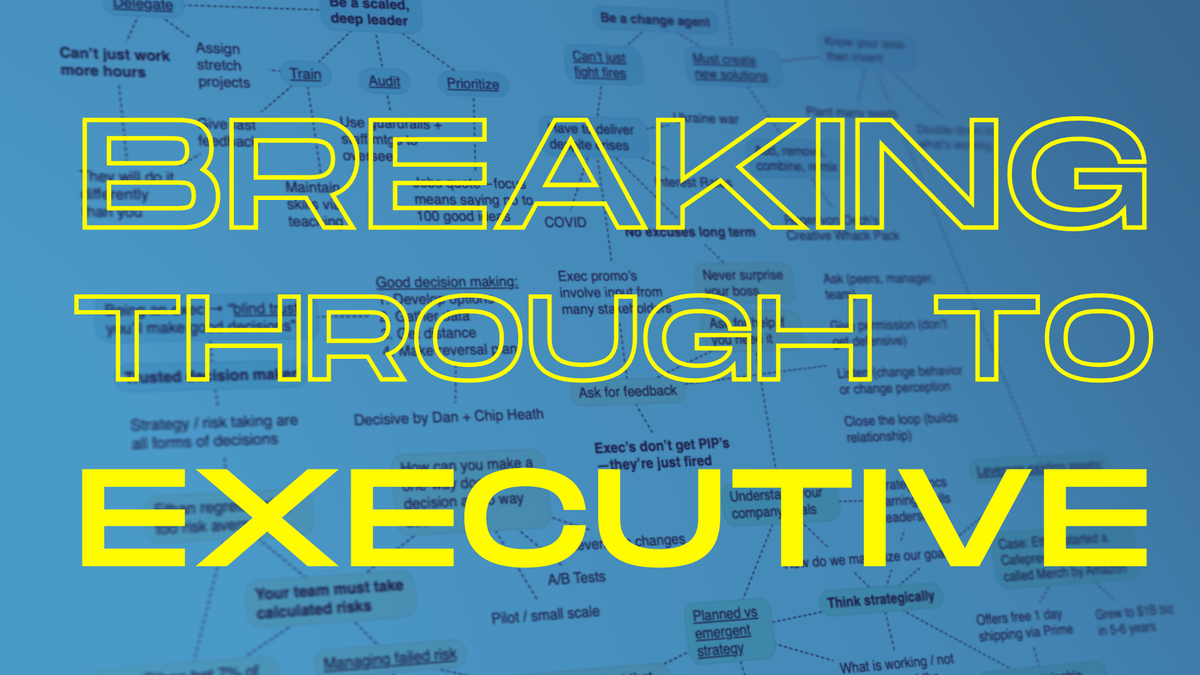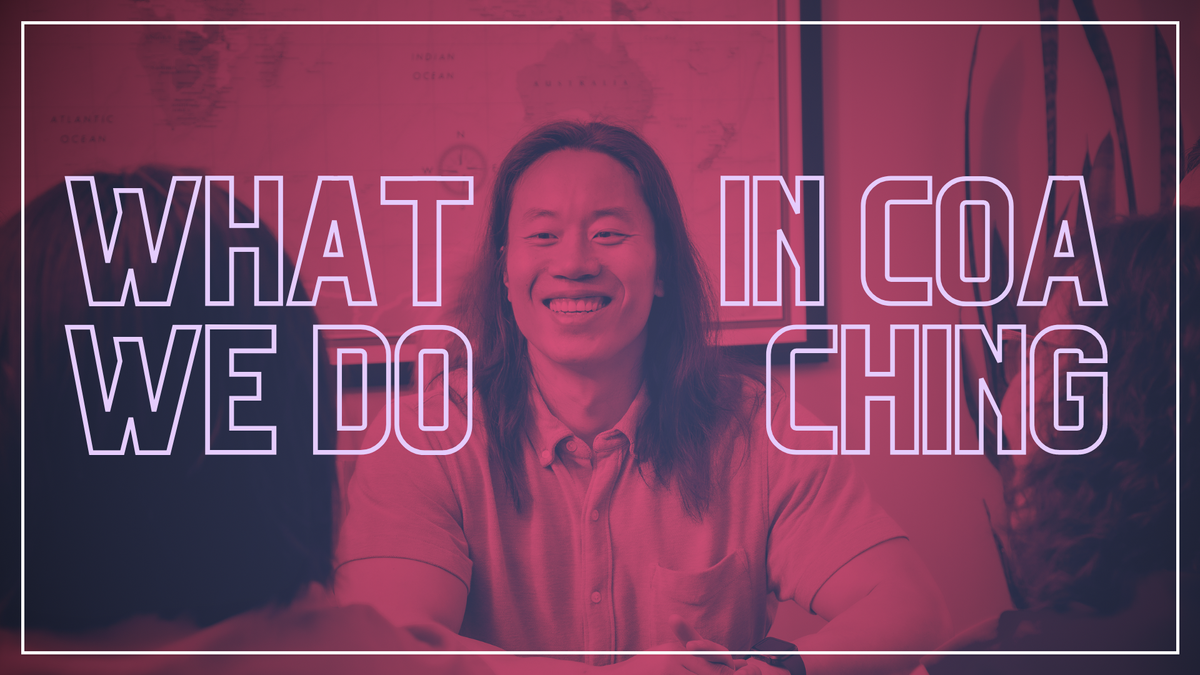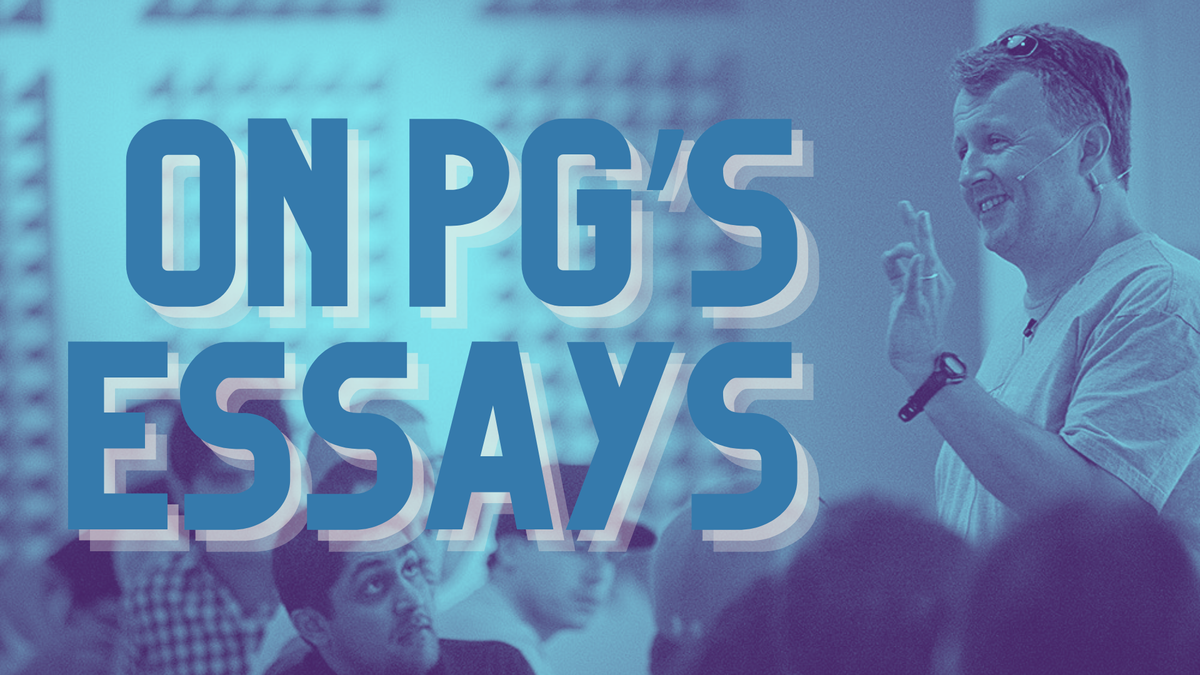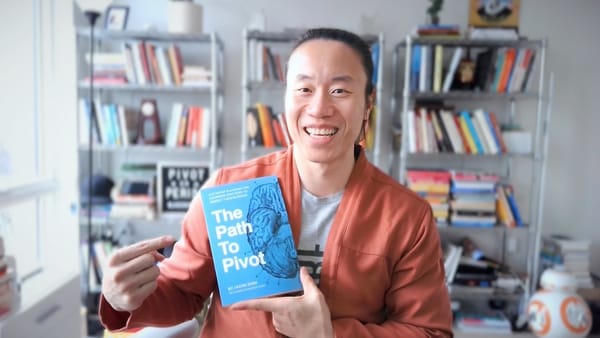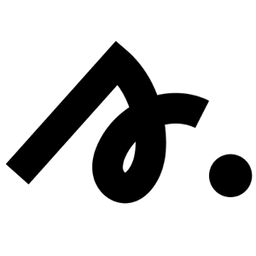I wrote a book. It's a really niche one.
If Atomic Habits is a book that pretty much anybody can get into—how to more easily change your behavior and build systems to get closer to the things you want—my book is the exact opposite.
The Path to Pivot is specifically written for venture-backed startup founders who have lost conviction in their company's current strategy and direction. The ideal reader has raised money, is trying to get to a huge outcome, and wants to give themself a second chance to reset their trajectory and pursue an ambitious vision.
→ Announcement post on Twitter / Linkedin
I want to write a lot of books in my life. But writing books take time and a lot of upfront investment.
It's important for authors to write books about topics that not only are they knowledgeable about but that they're perhaps one of the best-positioned people to write about.
That's why I chose this topic. As a three-time startup founder that attempted an unsuccessful pivot in 2012-13 and a more successful pivot in 2018-2019, I have a credible expertise and a bit of a platform about what it takes to make the leap.
That hasn't been the case for all my book ideas.
The Abandoned Book Proposal
I haven't talked a lot about this, but I spent many months in 2021 working on a 50-page book proposal about resilience called Resilience Rules: How we adapt in the face of change and why it matters.
This would be my traditionally published piece.
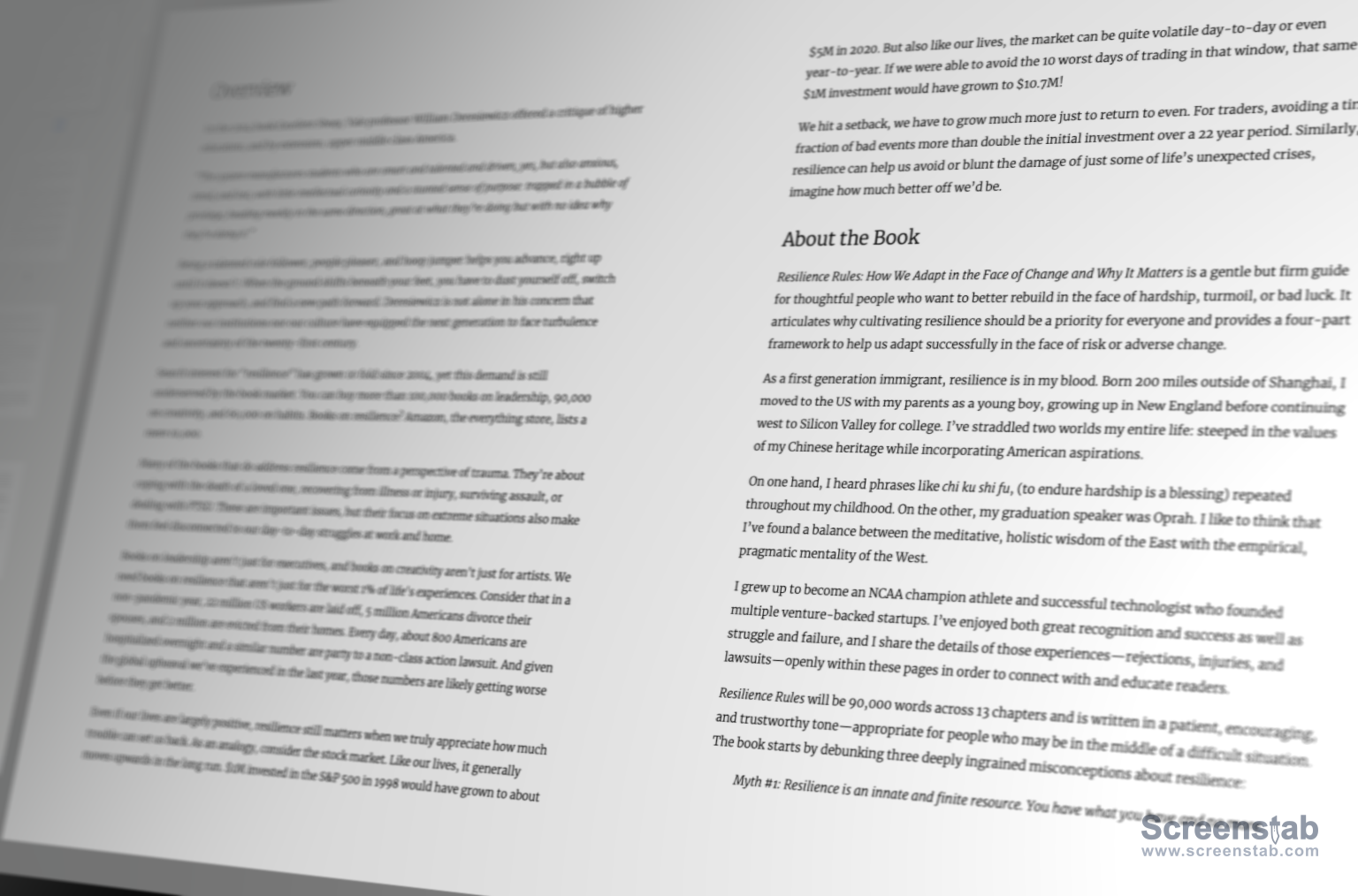
It featured the four skills of resilience and included a lot of different stories and examples and ways that individuals, leaders, organizations could become more resilient and responsive to change.
I was proud of investing a lot of effort in what is effectively
- a product pitch
- a market segment
- a competitive analysis
- a go-to-market strategy
- a book "demo" (detailed table of contents + 2 sample chapters).
The handful of literary agents that I showed it to felt that the material was well-researched, well-organized, well-defined—but ultimately, I didn't have the platform or the unique angle or unique background to make this a remarkable book that could be sold.
The response was a big blow. My motivation to author a book was like a two week old can of Diet Coke. But I couldn't argue with them. I'm not a cancer survivor. I didn't recover from bankruptcy. I wasn't writing about a devastating loss nor did I have a particularly strong connection to resilience at the time. (Part of why I renamed the newsletter was to try and build some of that platform)
In the end, I shelved the proposal and tried not to think about books for a while.
Skipping the Traditional Process
The traditional publishing process has come under fire because it takes so long, there are many gatekeepers, and authors get a very small percentage of the total revenues while being asked to do an increasingly larger share of the publicity.
But still, there is a lot of status and recognition that comes with doing a deal with a Big 5 Publisher (link) or the many smaller presses out there.
I would love to be traditionally published, but chose to self-publish The Path to Pivot. In that way, it joins the ranks of books like The Mom Test, Introspect, and The Pathless Path, all books that skipped the traditional publishing process.
I chose this for several reasons:
- I want to get something out into the world sooner
- I didn't want to feel beholden to someone else's expectations for what the book needed to be
- I wanted to focus on my core audience without feeling the need to expand the market to business readers more broadly
- I'd rather have a slow build up than a spike and dropoff (link)
The Process
I'm really proud of this book and it was a winding road to get here.
It started as a series of tweets for the August 2022 Ship 30 and then became a series of essays I published on Medium later that fall. I then wrote an outline and thousands of words of a business fable version of the book in the summer of 2023 that was meant to illustrate the Path to Pivot framework. But halfway through, I got feedback the format wasn't working for early readers and scrapped all of it to make a more practical and tactical playbook.
Even though I've been writing this newsletter for just about 4 years, with 200 issues under my belt, the book was a mot more cognitively demanding.
Why?
Because a newsletter can be about a different topic every week. It can have a different format, it doesn't have to reference past things that you've talked about, and it is self-contained.
I had to noodle a lot on the core premise of the book, the major chapters, having case studies that map to the big ideas of the chapter, and the ordering of the chapters. After each round of reader feedback my editorial partner Rhea and I went back and made tweaks small and large to clarify, tighten, and elaborate.
The truth is, I'll probably keep tweaking it right up until I have to submit the text for print distribution. Because I want it to be as good as possible. I'm playing the long game.
Applications Beyond Founders
Here's what I write in the introduction:
This book is written for founders and CEOs of venture-backed startups contemplating—or in the middle of—a major shift in their business.
If that’s not you, that’s cool. Maybe you’re an indie hacker, corporate executive, or angel investor. There is still something here for you, but I would recommend you to tweak the advice as needed.
I’ve taken my own advice and written for a specic niche: the early / mid stage startup funded by VC dollars. My target reader is the person in the arena1, face marred by dust, sweat, and blood, facing a tough decision. This book is for you.
But even though this is not meant to be a fun, cocktail party book a la Gladwell or Pink, there are applications beyond this niche audience. The Inner Game of Tennis has become a bestseller in the "mental strength and coaching for performance" field despite being explicitly about how tennis players can improve their play.
That's because readers understand to consume the material as a metaphor, as context beyond tennis. So if you aren't a founder, there might still be something interesting to draw from the book. But you'll have to extrapolate the lessons for your own context, now that you understand who it is primarily for.
The Hard Sell
If you have gotten value from this free newsletter that I've published nearly every week for the last four years, watched any of my videos, listened to any of my podcast appearances, or offered beta reading for the book: thank you.
I am grateful for your interest and for your gift of attention. And if you'd like to show any gratitude to me and my work, getting this book and leaving a positive review (if you feel it deserves one) would be a most wonderful gift.
I have pricing tiers starting at $1 all the way to $5,000 so there is surely an option that works for your budget. Pick up a copy for you or perhaps an entrepreneur in your life.
If you want to follow along, I'm halfway through 30 days of posting about pivots (Twitter, LinkedIn)
I'll see you next week.
—Jason

How I Can Help You
🧢 Executive Coaching: 1:1 coaching for outlier founders & executives that unlock transformational growth over 4+ month engagements (schedule a call)
📘 The Path to Pivot: A playbook for startup founders who want to reboot their business and get a second chance to swing big (get a copy)
🛠️ Participatory Workshops: Interactive seminars designed to learn and practice crucial skills for navigating complex transitions—storytelling, emotional intelligence, experimentation and more.
🎤 Keynote Talks: High energy presentations that challenges audiences to dream bigger and act bolder in the pursuit of excellence.
Coming soon: Templates, exercises, and other low-cost ways to build resilience and develop your outlierness.
Recent Issues
